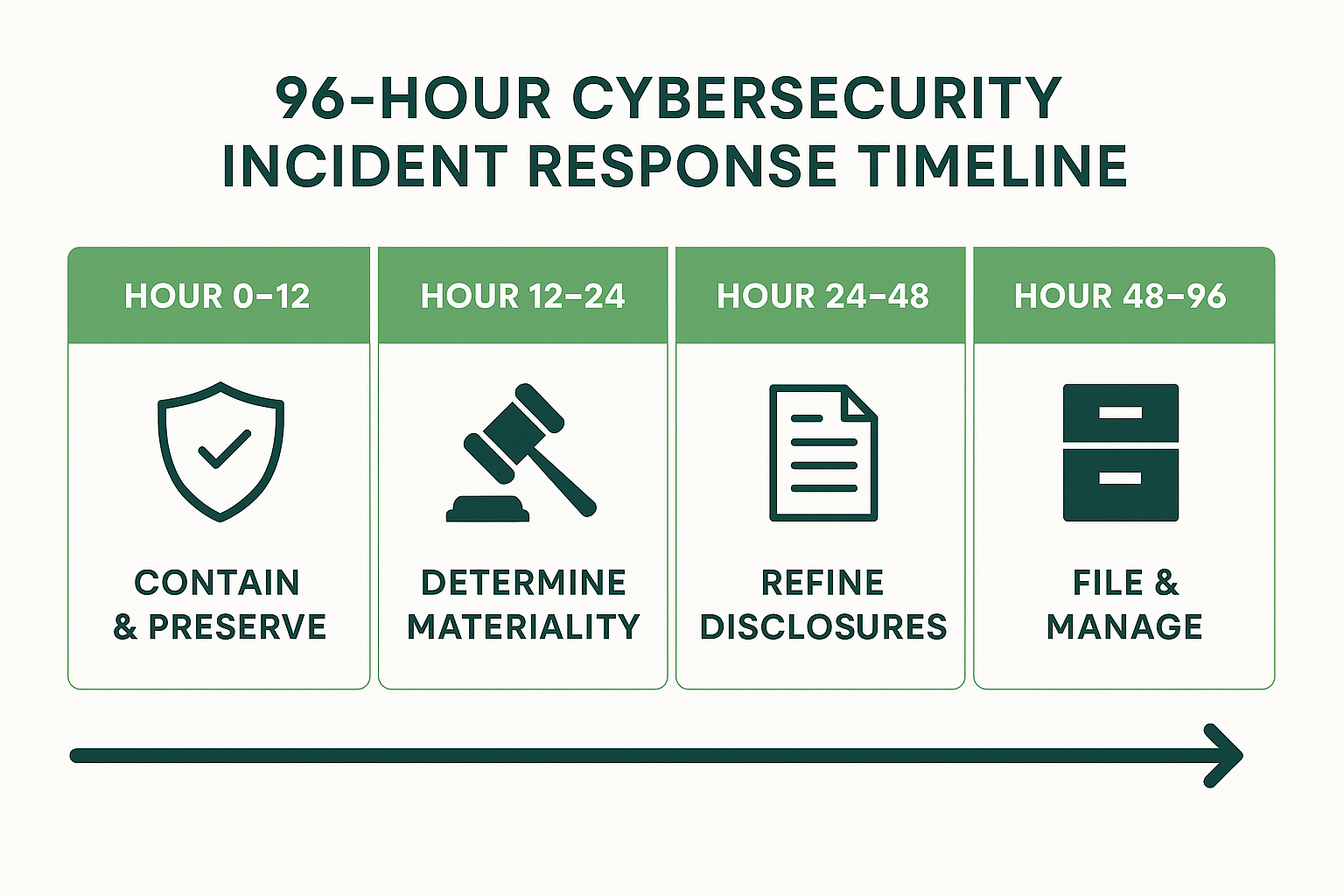Why 2025 Is the Year of the Modern VDR: Compliance, AI, and Deal Velocity
The VDR Market Has Entered Its Second Act Virtual Data Rooms were once the quiet backbone of M&A and capital markets — simple file vaults built for uploading spreadsheets and red-lined contracts. In 2025, they’ve become something very different: a compliance-anchored command center where governance, AI-driven insight, and speed intersect. Dealmakers now expect more than … Read more









